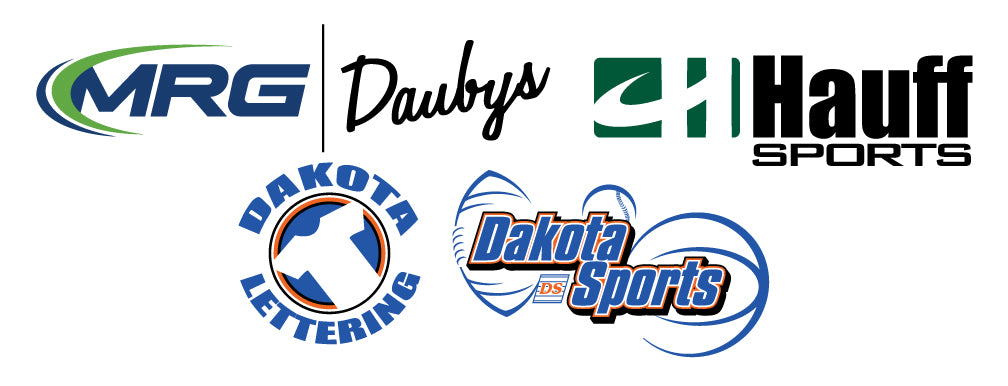Summer sports are a rite of passage—sweaty, gritty, sun-soaked and unforgettable. From early-morning practices to weekend-long tournaments, athletes are pushed to perform under serious heat. And when temperatures spike, it’s not just about performance—it’s about safety.
Heat can zap energy, cloud decision-making, and in some cases, lead to serious health risks like dehydration, heat exhaustion, or heatstroke. But with a little preparation, your athlete can stay strong, safe, and ready to compete.
Here are 10 practical ways to keep your player cool and protected when the heat is on:
1. 💧 Start Hydrating Early
Hydration should begin the day before a game or practice. Waiting until they’re already sweating buckets? Too late.
✔️ Encourage sipping water throughout the day
✔️ Reminder tip: If urine looks like lemonade, hydration is on track. If it looks like apple juice? Time to drink up.
2. ⚡ Don’t Skip Electrolytes
Sweating means losing key minerals like sodium and potassium. Choose electrolyte sources wisely:
- Low-sugar sports drinks
- Coconut water
- Electrolyte tablets or even a pinch of salt + splash of juice in water
📏 Rule of thumb: 1 bottle of electrolyte drink for every 2 bottles of water.
3. 🍌 Fuel Like a Pro
High heat burns energy fast. Avoid sugar crashes by fueling smart:
Before games: Oatmeal and banana, PB toast, or rice and grilled chicken
During events: Granola bars, pretzels, fruit
After: Protein + carbs to repair and refuel
4. 👕 Dress for the Heat
Dark clothes and thick fabrics are heat traps. Keep it light, loose, and breathable.
✔️ Moisture-wicking gear
✔️ Cooling towels or wraps
✔️ Well-vented helmets or hats
For tech-savvy teams, cooling vests or heat-reflective gear can make a big difference.
5. 🌡️ Acclimate Gradually
Don’t shock the system. Ease into heat training over 1–2 weeks.
- Start workouts early or late in the day
- Shorten practices during the first few days
- Allow frequent water and shade breaks
6. 🚨 Know the Signs of Heat Trouble
Heat Exhaustion: Heavy sweating, nausea, dizziness, muscle cramps, pale or cool skin
Heat Stroke (Emergency!): No sweat, hot red skin, confusion, rapid pulse, fainting
📞 If in doubt, stop activity and seek medical help.
7. 🌳 Use the Clock (and the Shade)
Try to schedule outdoor practices:
- Before 10 AM or after 6 PM
- In shaded areas
- With water breaks every 15–20 minutes
Heat index > air temperature. Check it often.
8. 🗣️ Create a Culture of Speaking Up
Kids may push through discomfort to avoid looking “weak.” Encourage honesty:
“It’s okay to say you feel dizzy.”
“It’s okay to need a break.”
That’s not quitting—it’s smart self-awareness.
9. 🧊 Prioritize Rest & Recovery
Help your athlete recharge:
- Cold showers or ice baths
- 8–10 hours of sleep
- Stretching or foam rolling
Recovery keeps them consistent all season long.
10. 🏠 Be Proactive—Don’t Rely on the Team Alone
Coaches do their best, but you’re the expert on your kid.
✔️ Send them with extra water
✔️ Ask how they’re feeling before/after practice
✔️ Speak up if conditions look risky
🧊 Heat-Prep Checklist (Save or Screenshot!)
✅ Start hydration early
✅ Add electrolytes, not just water
✅ Fuel with easy, carb-rich meals
✅ Wear breathable, light-colored gear
✅ Ease into heat training
✅ Know the warning signs of overheating
✅ Practice during cooler times
✅ Encourage honest check-ins
✅ Focus on recovery
✅ Be an extra layer of support
With a little preparation, you can help your athlete thrive in the heat—not wilt in it. Here's to wins, water bottles, and a safe summer season. 💪☀️


